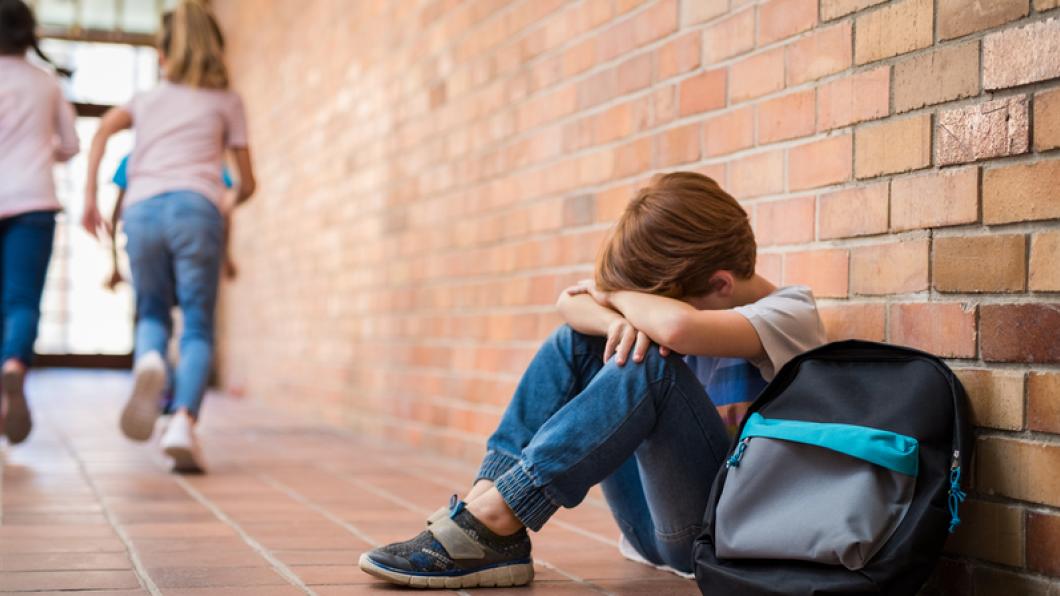
Restraint, isolation of disabled students goes untracked in Ontario
By Louise Kinross
Disabled students in Ontario have been held or strapped down by educators at school, locked alone in a room, or asked to stay home or attend part-time, according to a disturbing report from Community Living Ontario this month. The province does not track or report these incidents.
Crisis in the Classroom was based on 541 parent responses to a survey about their child’s experience with physical restraints, isolation and exclusion in Ontario in the 2022-23 school year.
Twenty-nine per cent of respondents said their child had been isolated, most commonly in a locked room, or a room where a door opening was blocked, or where they were physically prevented from leaving. Almost a quarter were isolated between 10 and 21 times, and 23% over 22 times. Times ranged from five minutes to three hours. Fourteen per cent of children experienced physical injury or pain, caregivers reported, and 59 per cent were emotionally traumatized.
Over half of parents had not given permission for their child to be treated in this way.
Students were significantly more likely to be isolated if their family had a lower level of education; they had a behaviour or mild intellectual disability; they were in a special education class full time; or they were younger.
“My son has spent a lot of time in a padded room within his school,” one participant wrote. “I was not aware of this room initially until I picked him up earlier in the year while he was in there.”
Fourteen per cent of parents said their child had been physically restrained, including being held in a standing position or pinned to the floor. Twenty-nine per cent were restrained more than six times, and 19 per cent over 10 times. Forty per cent of parents were not informed that the restraint had happened. Over a quarter first heard about the incident from their child. In half of the cases, parents had not given permission for restraint to be used.
One parent described their child being “strapped into an adaptive stroller and closed in a darkened room alone.”
The report also looked at students who were asked to attend fewer hours, most commonly only two to three hours a day. Almost a third of parents said their child had been sent home or told to stay home because of a lack of staff resources or an inability of educators to manage behaviour. “They said the school has no funding to keep him full day,” one respondent said. “Their constant answer is me to constantly pick up my child when his behaviour is too much for them to handle,” another said.
Twenty-seven per cent of students on a reduced schedule rarely or never enjoy attending school. Thirty per cent rarely or never feel accepted by classmates.
“If he wanted to attend any field trip, I had to attend with him as they didn't feel like they could manage him without assistance,” one participant said.
Over half of parents said their children sometimes, often or always were excluded from academic events and opportunities.
The report, written by Jess Whitley, a professor at the University of Ottawa Faculty of Education, said there is no tracking by the province of these incidents, so no way to know if the situation is “getting better or worse. School boards have been forced to create their own policies, and principals are implementing those policies in different ways.”
Ontario needs to track and report on isolation, restraint, exclusion and reduced-day attendance in its schools, the report says.
Other recommendations include increasing appropriate and adequate staffing and other supports for students; trauma-informed training for staff and administrators; and clear provincial regulation and policy an isolation, restraint, exclusion and partial-day attendance.
Twenty-seven years ago, my disabled four-year-old son was restrained in a chair with straps over his hips because he refused to stay at an art station at a segregated school. I only found out because I visited the school that day unexpectedly. To think these practices against disabled students continue on with no tracking by the government is outrageous.
Like this content? Sign up for our monthly BLOOM e-letter, follow BLOOM editor @LouiseKinross on X or @louisekinross.bsky.social on Bluesky, or watch our A Family Like Mine video series.